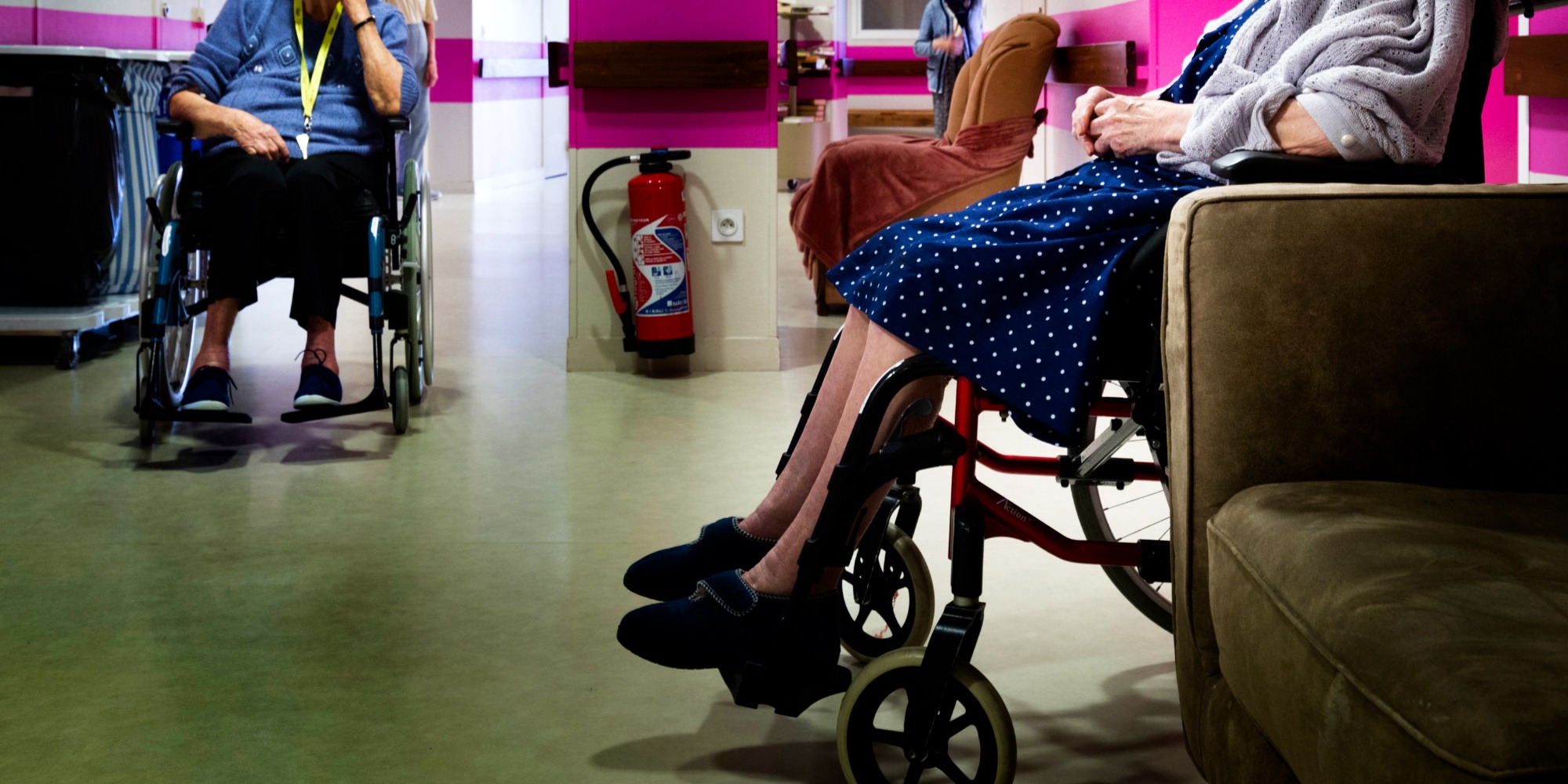Present in the stool, the coronavirus can now be detected by analyzing wastewater.
In Marseille, where Europe 1 went, firefighters, laboratories and nursing homes are working together to identify as soon as possible the environments affected by Covid-19.
REPORTAGE
In France, since the first wave of coronavirus, a surveillance network has been set up discreetly ... underground.
This is because the virus can be detected in the stool, and therefore in wastewater, four to seven days before symptoms appear.
In Marseille, "this approach made it possible to avoid a cluster in at least two nursing homes", explains Doctor Damien Thomas, research director for an analysis laboratory, at the microphone of Europe 1.
>> LIVE
- Coronavirus: follow the evolution of the situation Monday, November 16
According to the doctor, the first assessment is encouraging.
The city's firefighters have been taking samples for several weeks on wastewater to locate the sick who ignore each other.
The laboratory then manages the analysis: "This detection made it possible to put in place all the disinfection and isolation measures even before the first symptoms appear," he says.
Anticipate screening tests
This method is limited in that some nursing home residents are incontinent, wear diapers and therefore do not go to the bathroom.
However, the interest is also to be able to analyze the stools of the staff of the establishments.
"The 'photo' that we are going to take does not concern all of our users, on the other hand it allows us to ensure that our employees are not carriers of the virus", declares Emilien Chayia, general manager of the group of residences Medeos pension.
>> Find Europe Soir with Julian Bugier in replay and podcast here
Affirming that the virus has been spotted in one of its establishments supervised by the device, he explains that series of tests already scheduled could have been anticipated and that two infected employees were spotted.
If it proved its effectiveness on a larger scale, this tool could also be used at the time of deconfinement to anticipate an epidemic resumption.

